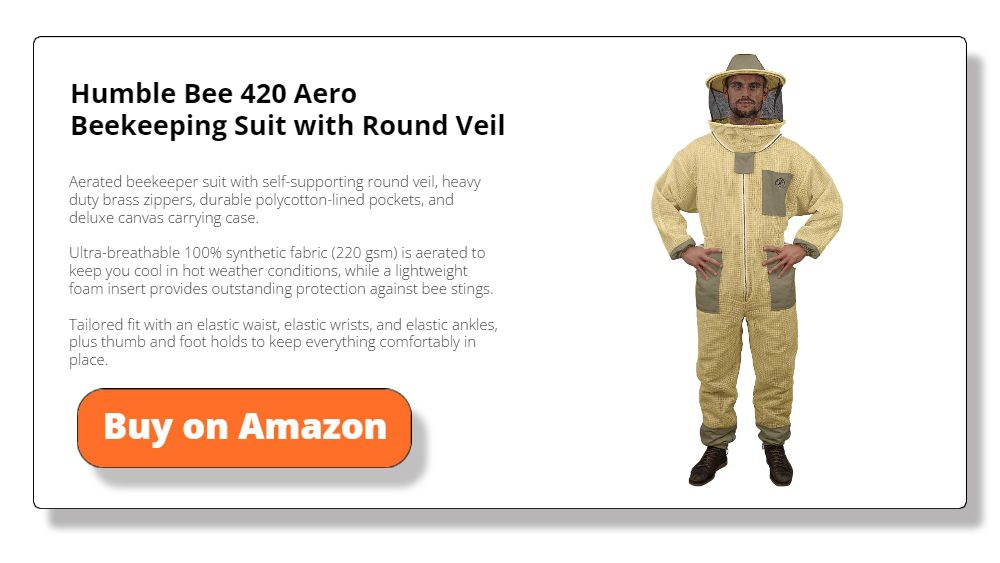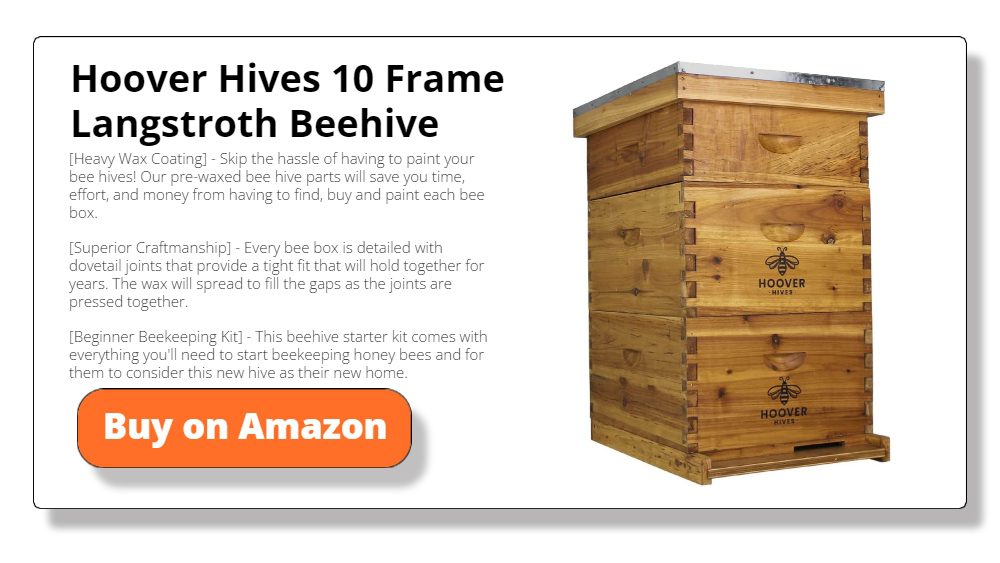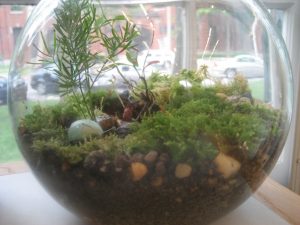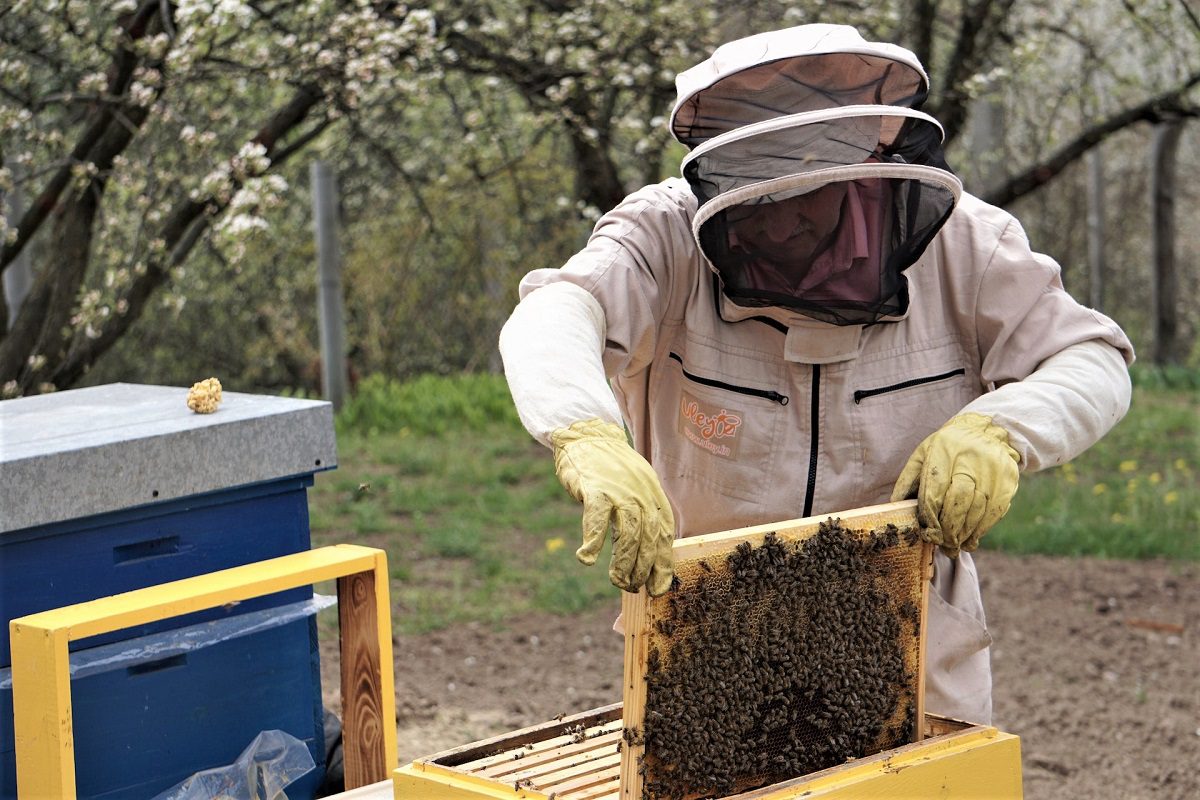
Beekeeping is an ancient human preoccupation. Honeybee hives have provided humans with honey and beeswax for thousands of years. The first known records of beekeeping were found in ancient Egypt, where people used honey to sweeten various dishes.
Honeybee hives have long provided humans with honey and beeswax. Today, these commercial uses have produced a large commercial beekeeping industry. But backyard beekeeping is an excellent way to support pollination in your garden, too.
Worldwide, science has identified nearly twenty thousand species of bees. Out of these, only around two dozen have been successfully raised by humans, and only one—Apis mellifera, the western honeybee—accounts for nearly all the beekeeping in Europe and North America.
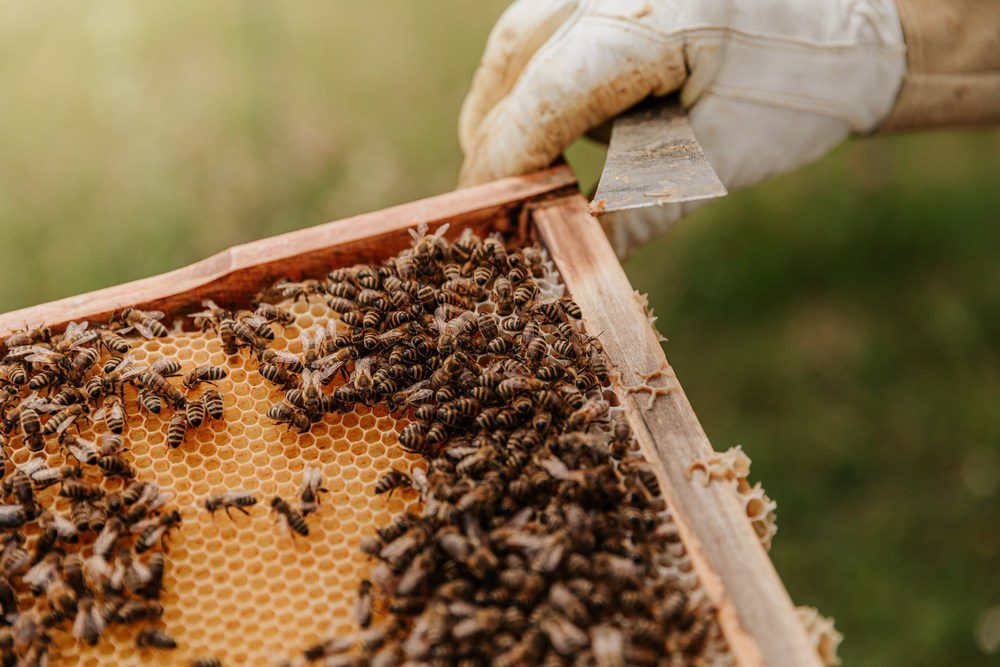
Starting an Apiary in Your Backyard
Contents
If you are thinking about raising bees as a hobby, it’s important to know the local laws on beekeeping. Your city or municipality may have restrictions on beekeeping.
Some communities restrict the number of hives you can keep. There may even be an ordinance prohibiting beekeeping. In some other places, there are regulations that require beekeepers to register their apiary locations.
1. Choose a Suitable Location
Once you are familiar with the local laws on beekeeping, you can begin thinking about what you will need. Before beginning, you should make sure you have or can use, an appropriate location for the apiary. The foremost consideration is the plant life within the flight range of your bees – which can range about one or two miles.
Be sure there are sufficient flowering plants within the flight range of your colony. These plants will supply both nectar and pollen for your winged wards. Apis mellifera is “polylectic”—meaning that it will feed on just about anything that is blooming. This trait makes honeybees essential to modern agriculture, which has itself evolved to depend on their services.
Your bees will need sun, or afternoon shade if happen to live in a region where the weather is hot. Your bees must have access to fresh water near the hive, as well. You use a large plant saucer with stones in the center for the bees to land on, just make sure you water every day. A shallow bubble fountain would work well, too.
The hive must be protected from the wind. You do not want rain or snow blowing into your hive. It’s also important to ensure that your apiary is located away from main thoroughfares and public places. If you live in a city or urban neighborhood, make sure you have a high fence or hedge around the hive to compel the bees to fly upward and over passersby.
Your hives should face south, if possible, and they need to be kept off the ground to protect them from dampness and predators. Clear and level the ground around the area of your apiary to make maintenance easy.

2. Order Your Bees
Buying bees is the easiest and safest way to start an apiary. We recommend that you check a local beekeeping expert or association to learn where you can buy healthy bees in your area.
Ask potential suppliers about their beekeeping practices, such as their breeding methods, disease prevention protocols, and honeybee genetics. Reputable suppliers will be transparent and willing to address any concerns you may have.
The two most common ways to receive bees are package bees or a nucleus hive. Most bee packages include a queen, multiple workers, and a feeder filled with syrup. Consult the bee supplier for information on installing the package bees into their new home and introducing the queen bee to the workers.
You can also order a nucleus hive. A nucleus is a half-size colony. The most common size is a 5-frame nucleus, in which case you’ll get 5 frames of comb, bees, honey, a queen, and baby bees.
Timing plays a vital role in acquiring bees for your apiary. Bees are typically available for purchase during the spring and early summer. This is when colonies are at their strongest and most populous.
Be sure you plan and secure your bee order well in advance. Bee suppliers often have limited availability due to high demand.
Consider local climate conditions and the availability of forage during your chosen bee arrival time. Ensure that your chosen bee supplier can provide bees that align with your region’s specific climate and bloom periods.
3. Get a Beekeeping Suit
You will also need a beekeeping suit. For this, you will need something that will both protect you and that you won’t mind getting stained. Remember, bees produce waste that creates yellowish marks on your clothing.
There are many styles of full beekeeping suits available online. Most experts say these are best for beginners. That said, full beekeeping suits tend to get uncomfortably hot after a while, which is why we favor the Humble Bee 420 Aero Beekeeping Suit.
The suit is designed for warm weather and has two layers of synthetic mesh fabric that contain a lightweight foam insert. These keep stingers away from your skin. The suit comes with a round veil that is self-supporting. The veil protects your face against stings and is removable.
4. Choose the Right Beehive
You will, of course, need a beehive. There are primarily three main hive types commonly used in beekeeping: Langstroth, Top-Bar, and Warre hives. Each hive type has its own unique features and advantages.
The Langstroth hive, with its modular design and removable frames, offers excellent honey production capabilities and ease of management.
Top-Bar hives, on the other hand, provide a more natural comb-building environment, making them popular among beekeepers who prioritize organic and sustainable practices. Warre hives focus on mimicking the natural habitat of bees and require minimal intervention.
We here at OBN like the Hoover Hive 10 Frame Langstroth Beehive, which many experts say is the best beehive for beginners, anyway.
What we like about this hive is that the foundations are pre-waxed. This saves you time and the hassle of painting and allows your bees to build honeycomb layers evenly. The foundations in this hive are deep enough to allow the queen to lay eggs in up to 6,800 cells.
5. Stock Up on Equipment and Supplies
Besides the hive, you will need three basic supplies when handling bees: a smoker, a hive tool, and frame grips.
When used properly, smoke will help to calm bees. A small smoker is good for a couple of hives. But if you plan to have 4 or more hives in your apiary, you may want a larger one.
You want to produce cool white smoke. To do so, you can purchase smoker fuel or use dry pine needles in your smoker.
The Vivo Stainless-Steel Smoker has a classic design and is reasonably priced. But don’t let the low price point fool you, though. This smoker works well and is made of high-quality stainless steel. The heat shield on the outside prevents accidental burns, and the removable grate at the bottom inside the barrel provides improved airflow under the fuel.
When you aren’t using your bee smoker, use the included metal clip to keep the bellows closed. It also has a mounting hook for easy storage.
A hive tool is a lever to loosen frames and boxes on the hive. Most beekeepers have more than one hive tool. We think the Honbay Stainless Steel Hive Tool does the best job when it comes to separating supers and hive bodies. It also makes it so much easier for you to scrub excess wax or propolis and lift up frames.
Removing frames can be very difficult. Improper removal of the frames is unsafe both for you and the working bees.
Frame grips are metal pincher devices that help you remove frames from the hive with one hand. We have been using the Weichuan Beekeeping Frame Grip for some years now and it has never let us down.
This tool features a sturdy durable stainless steel and wooden handle. It’s an excellent tool that should be included in your equipment box.
6. Maintaining Your Apiary
Regular hive inspections are essential to monitor the health and productivity of your honeybee colonies. Conduct inspections every 1 to 2 weeks during the active season, paying attention to brood patterns, honey stores, and signs of disease or pests. Familiarize yourself with common honeybee ailments and be prepared to take appropriate measures if necessary.
Maintain cleanliness and hygiene within the hives by regularly removing debris, dead bees, and excess propolis. Ensure proper ventilation to prevent moisture buildup, which can lead to fungal infections.
Preventing and managing pests and diseases is crucial for the long-term viability of your apiary, as well. Be vigilant in identifying and addressing issues promptly. Monitor for signs of Varroa mites, small hive beetles, wax moths, and other potential pests. Employ integrated pest management strategies, which may include monitoring, cultural practices, and, if necessary, the use of organic treatments.
Stay informed about local regulations and best practices to prevent the spread of diseases such as American foulbrood. Consult with local beekeeping associations or experienced beekeepers for guidance and support.
Backyard beekeeping offers a unique opportunity to actively contribute to the health of honeybee populations and enjoy the beauty of nature up close.
By selecting a suitable location, providing water sources, ensuring diverse floral resources, conducting regular hive inspections, and implementing effective pest and disease management practices, you can cultivate a thriving and sustainable apiary.
Remember, dedication, ongoing education, and deep respect for these remarkable pollinators will contribute to the success of your backyard apiary.

